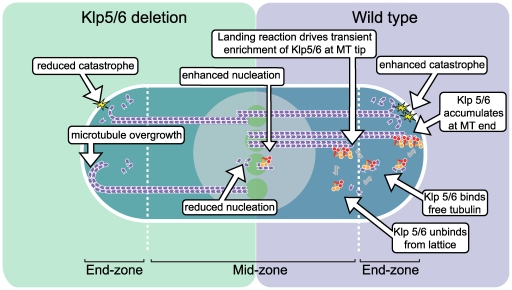Figure 8. Model for the role of Klp5/6 in microtubule dynamics in vivo.
Cartoon of an interphase S. pombe cell with the nucleus (grey disc) and microtubule nucleation sites (green discs) in the cell centre. The right-hand side shows wild type cells with microtubules (purple) nucleating at the cell centre, growing into the end zone of the cell and undergoing catastrophe in contact with the cell end. Klp5/6 (turquoise/red) heterodimers help promote nucleation, crosslink microtubules in the IMAs and accelerate catastrophe at the cell end, possibly by physical linkage of the microtubule tip to the cell cortex. Klp5/6 continuously incorporate at the microtubule tip but rapidly detach as the tubulin dimers are incorporated into the microtubule lattice. Thus, Klp5/6 continuously sample the location of the microtubule within the cell. Microtubule growth slows after the microtubule contacts the cell end, allowing accumulation of Klp5/6 by incorporation and short-range translocation. The left-hand side shows a klp5/6 deletion mutant, in which the absence of Klp5 or Klp6 reduces nucleation activity, weakens cross-linking in the IMAs and increases the dwell time of the microtubule tips at the cell end before they undergo catastrophe, leading to some microtubule overgrowth.

